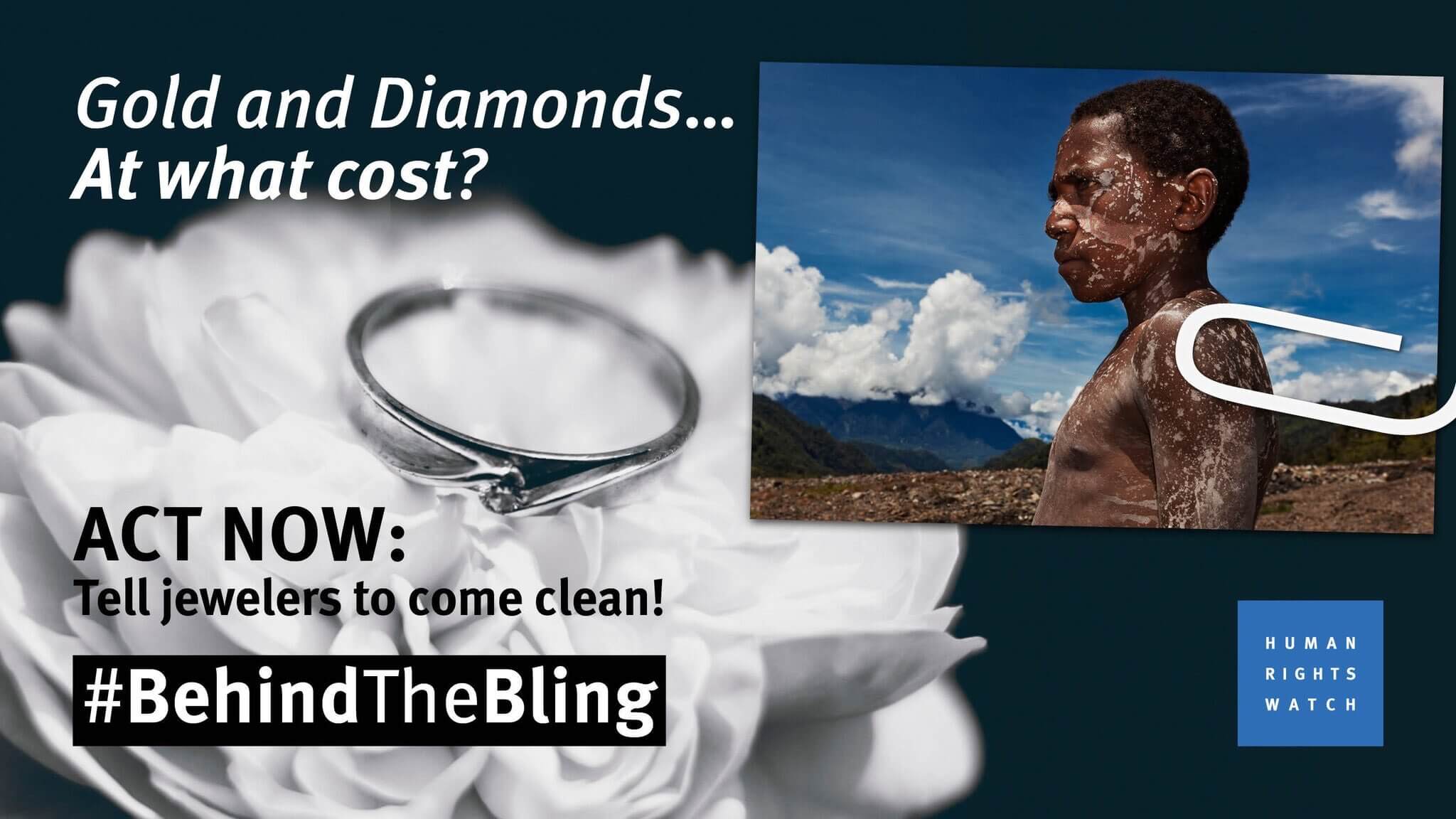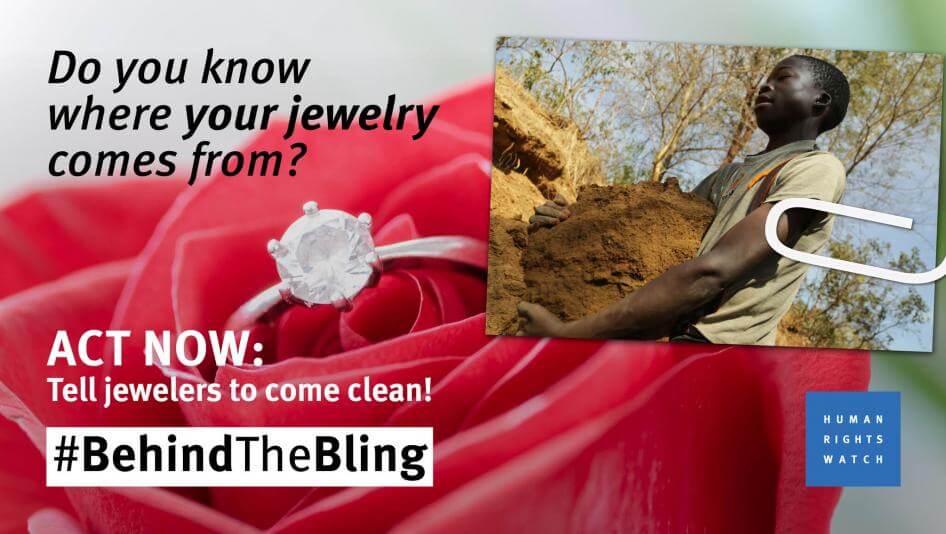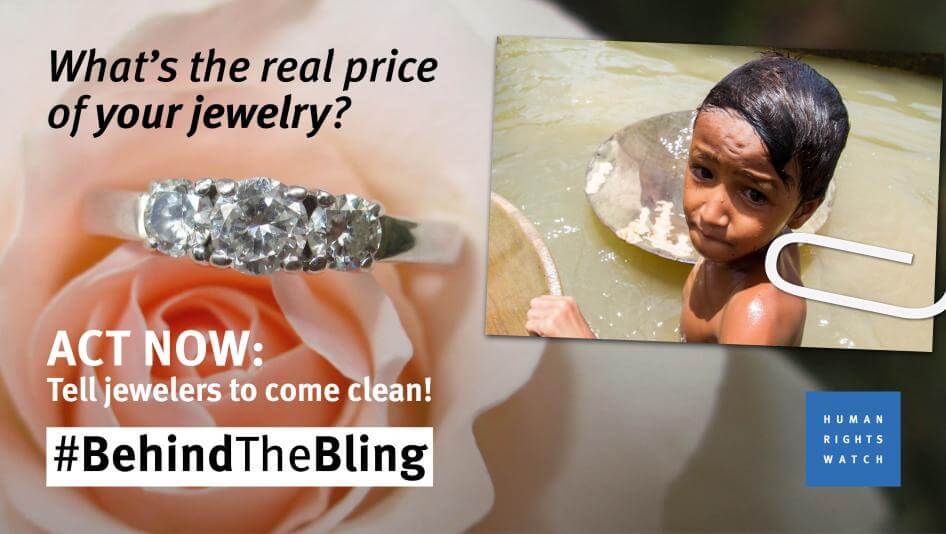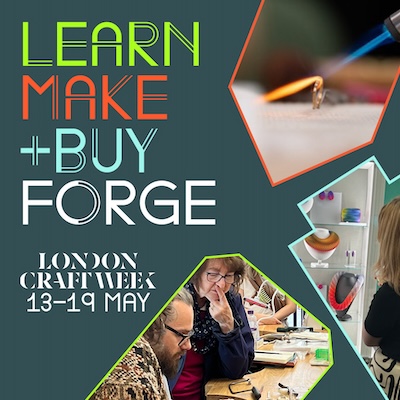#BehindTheBling campaign catches on
#BehindTheBling campaign catches on
Reading Time:
1 min {{readingTime}} mins
A social media campaign to persuade jewellery companies to adopt a supply chain free of child labour has been given massive support following the publication of a Human Rights Watch report on responsible sourcing.
#BehindtheBling, launched by the human rights group earlier this month and promoted at Baselworld 2018, has reached audiences of more than a million users with around 8,000 letters also sent to the 13 companies who were ranked in the report for their responsible sourcing practices.
This coincides with an announcement by Chopard, who were ranked as ‘weak’ in the report that from July, it will be using use “100% ethical gold” across its jewellery and watch ranges.

Their ‘weak’ ranking had come as a surprise to many when the report was launched since for several years, the Swiss luxury jeweller had been noticeably active in supporting responsible mining in the artisanal sector in Latin America, by offering money and help for training and “Fairmined” certification.
According to experts in ethical standards in sourcing and the Responsible Jewellery Council who were criticised in the report for having flawed standards, governance, and certification systems, the contradiction and lack of evidence cast doubt on the report’s integrity.

"If this was an academic journal article, it would not be considered valid due to the arbitrary selection of criteria, the subjective way these have been applied, and the unevenness of the comparisons. Human Rights Watch demand rigorous external assessment for jewellers, yet they do not subject their own report to the same standards.
If you look at Chopard - they have been one of the leaders in bringing fairmined gold products to the public and consistently and publicly supported the Fairmined programme at a time when the small-scale mining cooperatives were desperate for support from luxury jewellers. But these efforts were excluded from HRW’s assessment. As a consequence, Chopard have been ranked 'weak', in comparison to Tiffany’s ‘strong’ rating. Yet the report concludes by telling jewellers they should be supporting ASM initiatives, specifically identifying the Fairmined standard.
Chopard has chosen to clearly and openly differentiate its products, concentrating its efforts on specific Fairmined gold ranges and supporting communities of ASM miners. In contrast, Tiffany has taken a more encompassing but reactive approach, sourcing the majority of its gold from a large-scale industrial mine. These are strategic development decisions. Why do Human rights Watch believe they are in a position to vilify the first and valorise the second?
But what I find the most problematic is the lack of any real scrutiny or discussion of the companies that refused to provide any information."
Commented Dr Peter Oakley, Senior Research Tutor at the Royal College of Art.

The 99-page report “The Hidden Cost of Jewellery: Human Rights in Supply Chains and the Responsibility of Jewelry Companies” condemned the Responsible Jewellery Council and called on them to set a higher bar.
"We are committed to continuing that mission to drive improvement in responsible behaviour across the jewellery industry" an RJC spokesman replied in a statement.
"The standards themselves are internationally recognised as robust and are continually open to comprehensive and transparent review to ensure they continue to advance the cause of responsibility in the industry."
Author:
Published:









